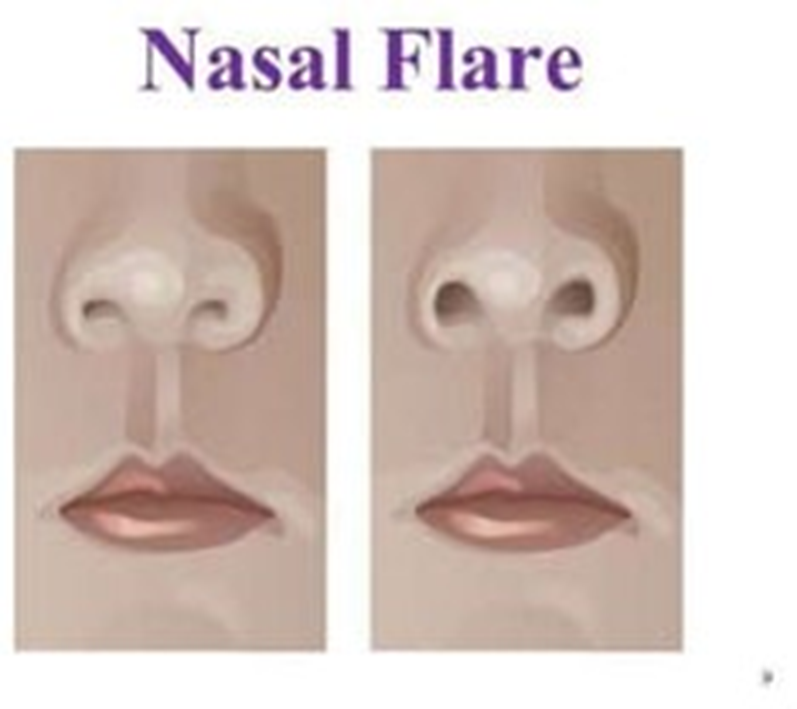While checking the vital signs of a 10-year-old child who underwent a tonsillectomy earlier in the day, the nurse notices the child swallowing every 2 to 3 minutes. What action should the nurse take next?
Check for signs of teeth clenching or grinding
Inspect the back of the throat
Stimulate the gag reflex by touching the tonsillar pillars
Ask the child to speak to assess for any changes in voice tone .
The Correct Answer is B
Choice A rationale
Checking for signs of teeth clenching or grinding is not typically necessary in a child who has undergone a tonsillectomy and is swallowing frequently. These signs are not typically associated with post-tonsillectomy complications.
Choice B rationale
Inspecting the back of the throat is an appropriate action for the nurse to take next. Frequent swallowing can be a sign of bleeding in the throat, which is a potential complication of tonsillectomy. By inspecting the back of the throat, the nurse can assess for signs of bleeding.
Choice C rationale
Stimulating the gag reflex by touching the tonsillar pillars is not typically necessary in a child who has undergone a tonsillectomy and is swallowing frequently. This action could potentially cause discomfort or induce vomiting.
Choice D rationale
Asking the child to speak to assess for any changes in voice tone is not typically necessary in a child who has undergone a tonsillectomy and is swallowing frequently. Changes in voice tone are not typically associated with post-tonsillectomy complications.
Nursing Test Bank
Naxlex Comprehensive Predictor Exams
Related Questions
Correct Answer is B
Explanation
Choice A rationale
While it’s true that overstimulation can sometimes trigger seizures in children with certain neurological conditions, it’s not typically a trigger for febrile seizures. Febrile seizures are caused by a rapid increase in body temperature, often due to an infection.
Choice B rationale
Febrile seizures are most common in young children between the ages of 6 months and 5 years. As children grow older, they are less likely to have febrile seizures. Most children outgrow febrile seizures by the time they are 5 years old.
Choice C rationale
While it’s important to try to reduce a child’s fever, a sponge bath is not likely to prevent a febrile seizure. Febrile seizures are triggered by a rapid increase in body temperature, not the absolute value of the temperature.
Choice D rationale
The use of ibuprofen or other fever-reducing medications is not typically recommended as a way to prevent febrile seizures. These medications can help make the child more comfortable by reducing fever, but they do not prevent febrile seizures.
Correct Answer is D
Explanation
Choice A rationale
Diaphragmatic respirations are not typically associated with acute respiratory distress in a child with respiratory syncytial virus (RSV). Diaphragmatic respirations are normal in infants and young children.
Choice B rationale
A resting respiratory rate of 35 breaths/min is within the normal range for a 1-year-old child and would not typically indicate acute respiratory distress.
Choice C rationale
Bilateral bronchial breath sounds are normal findings and would not typically indicate acute respiratory distress in a child with RSV45.
Choice D rationale
Flaring of the nares, or nostrils, can be a sign of respiratory distress in infants and young children. It indicates that the child is using additional muscles to breathe, which can occur when the lower airways are blocked or narrowed, as in a severe RSV infection.

Whether you are a student looking to ace your exams or a practicing nurse seeking to enhance your expertise , our nursing education contents will empower you with the confidence and competence to make a difference in the lives of patients and become a respected leader in the healthcare field.
Visit Naxlex, invest in your future and unlock endless possibilities with our unparalleled nursing education contents today
Report Wrong Answer on the Current Question
Do you disagree with the answer? If yes, what is your expected answer? Explain.
Kindly be descriptive with the issue you are facing.
